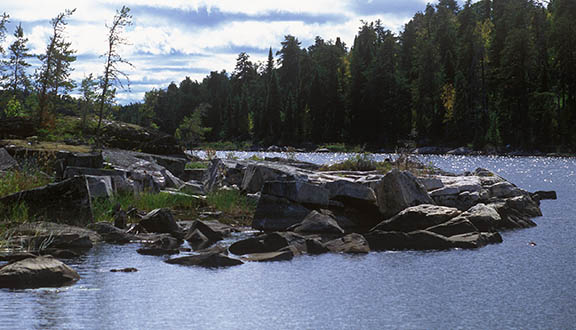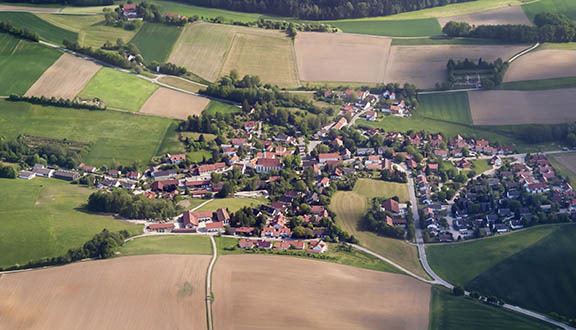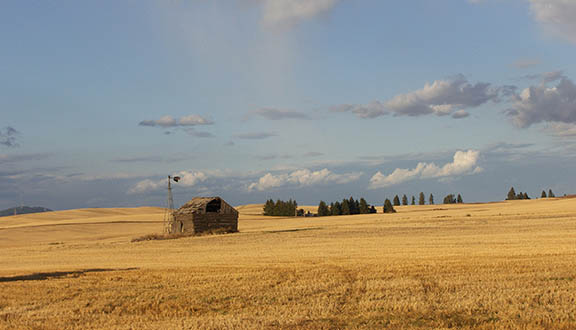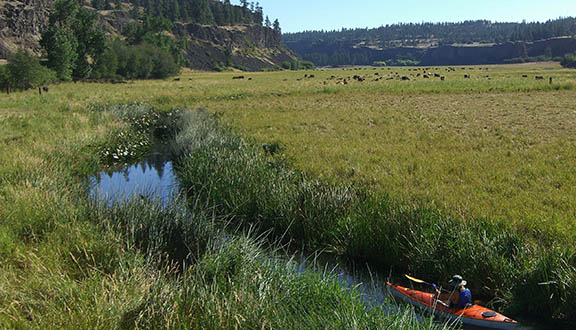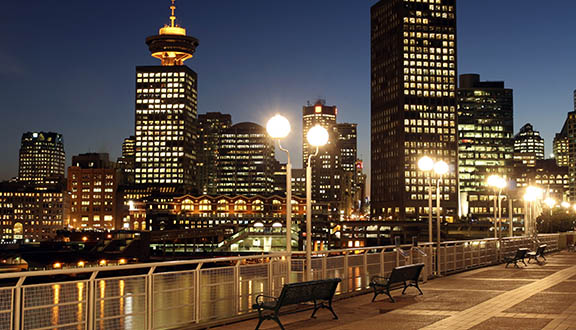“Cities that support ecological democracy will be radically different from present ones, but the transition must accommodate everyday patterns of life.”
— Randy Hester, Design for Ecological Democracy
Whether located in urban, suburban, rural or wildness systems or along the greenways connecting them, a sensitive understanding of habitats and corridors allows for diverse public recreational and educational opportunities.
Context: people and nature can coexist
Economic pressures due to global trends are causing people to alter their recreational activities. The integration of natural systems throughout a community provides for passive and active, organized group, and individual forms of recreation closer to home. Retaining and working with natural systems that interweave with populated areas enables broader cross-sections of people access to the outdoors.
Approach: learning through doing
Maintaining the integrity of natural corridors provides for diverse recreational opportunities such as exercise, wildlife viewing, and different scenic landscape experiences. We work with local interest groups and municipal leaders to identify ways to sensitively blend recreation, education, and nature.
Benefits: healthy people, communities, and systems
Continuous natural systems require little to no maintenance, provide for aquifer recharge, seasonal movement of flora and fauna, in some instances flood control, and the buffering of built environments and surrounding areas from food production and wildness habitats. Sensitively integrated forms of recreation limit interference with nature’s systems and provide for diverse recreational and educational opportunities.

